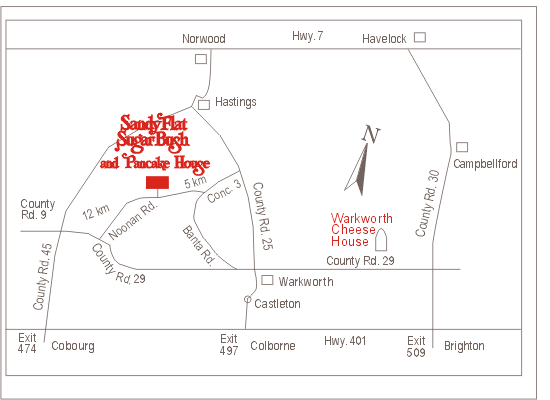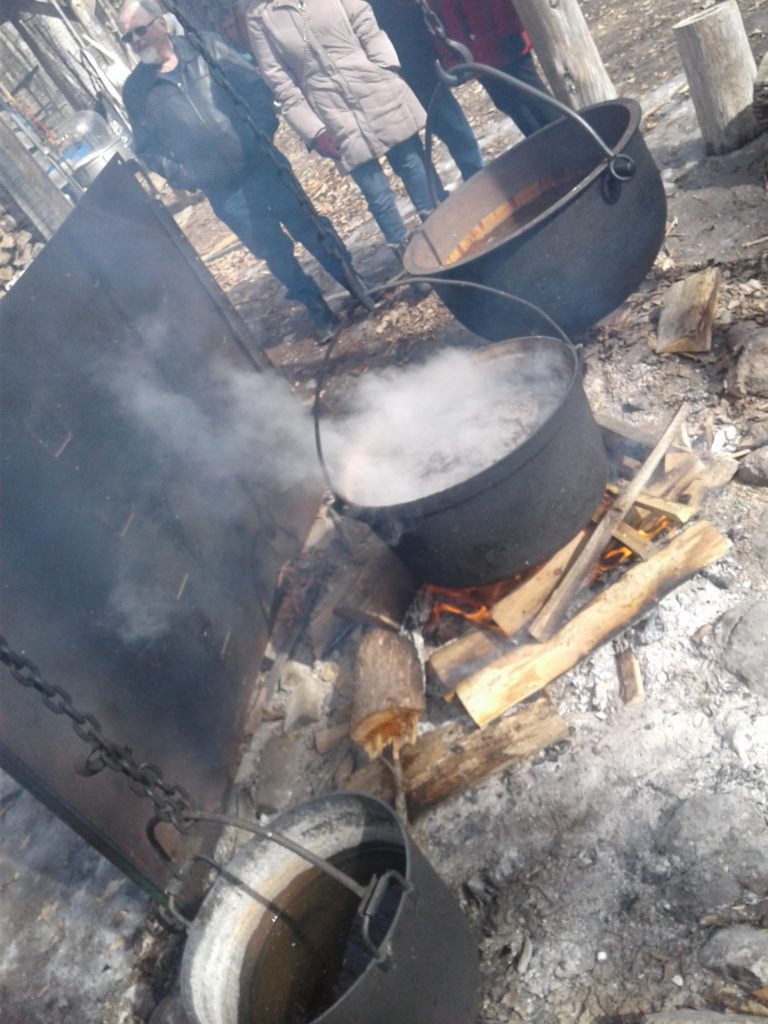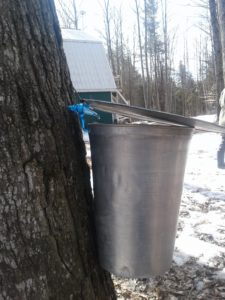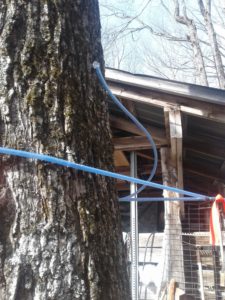Defining Museum with Sandy Flat’s Sugar Bush
‘Museum’ can be a difficult word to define. If you ask the average person on the street to define ‘museum’ they are likely to point towards the biggest history museum in the area such as the ROM or the BM. They might also point out larger art galleries like the MET or the Tate.
Does this make the definition of museum: a big, imposing building full to the brim of expensive artifacts of art or history? No.
ICOM (the International Council of Museums) defined museums in 2007 as
A museum is a non-profit, permanent institution in the service of society and its development, open to the public, which acquires, conserves, researches, communicates and exhibits the tangible and intangible heritage of humanity and its environment for the purposes of education, study and enjoyment.
(ICOM Statutes, 2007)
Given this definition, what makes one thing a Living History farm and another a farm with public access?
In this article I will try to convince you that Sandy Flat Sugar Bush is not a museum. It is a farm.
Introducing Sandy Flat

Sandy Flat Sugar Bush is located in a maple forest just outside of Warkworth Ontario. For the uninitiated a Sugar Bush is a forest made up primarily of Sugar Maples whose sap is often used to make maple Syrup. The trees are ‘tapped’ and the sap boiled until enough water evaporates to create a syrup. You can boil it long enough to make a sugar as well. Here is Sandy Flat Sugar Bush’s page on syrup. Not all sugar bushes are open to the public. Even fewer focus on the history of syrup making in North America. This sugar bush is unique in this way. Throughout its life as a public farm it has invited schools to come and learn about syrup making and the native roots of the craft.
What do I mean by historic focus?
Sandy Flat has changed considerably over the years. When I was a child the walls of the pancake house were covered in tools with little descriptions including ‘the first chain saw’… A Bow Saw with a chain instead of a blade. Now the walls are fairly clean with only a few items adorning them.

One thing that hasn’t changed is the out door display. Outside the pancake house there is a small clearing between the Pancake house and the modern Boiler House. At one end is the horse-drawn sleigh (or wagon if necessary) at another end there are modern sap lines running into the distance, and right by the entrance to the Boiler House there is the Historic Display. This section, partially pictured to the right, show the pioneer method and the pre-colonial method of boiling.
Learning Opportunities at Sandy Flat
While visiting the sugar bush you can partake in passive learning activities such as observing the workers in the Boiler House and reading the interpretation in the Pancake House. You can partake in active learning by asking attendants and workers about maple syrup production and history, partake in activities such as the sleigh ride to see the sugar bush. With your school group you can hear lectures and make pretend to be a pioneer at harvest.
During the syrup festival these are manned and explained to guests. When I was there the fire was lit but no attendant on hand to answer questions. This display is very similar to ones I have seen at Living History museums in the past. As you can see from my FAQ definition of museum living history sites are a type of museum. So why doesn’t this count?
These activities are all associated with museum learning. These are all things I have done at living history sites from the Edinburgh Castle to Black Creek Pioneer Village, even various forts around Canada. So what makes the learning that happens at Sandy Flat different from other places?
Pure History, or a mix with the Modern

Sandy Flat does have a lot of history. It also has a lot of new-fangled modern tech used to make sap collection more economic both in time and profits.

Modern technology allows Sandy Flat Sugar Bush to be a contender in the maple syrup market. As you know I am not a fan of the stuff but I know families who swear by specific sugar bushes. I also know some people who tap their own trees and drink it straight.
If Sandy Flat was a living history museum the public areas of the Sugar Bush would reflect the historic methods as opposed to the modern. Yes this sugar bush celebrates the history of maple syrup in Canada but it does not reflect that history the way Black Creek Pioneer Village reflects the lives of pioneers.
For Profit or Not for Profit
A working farm can be a Not for Profit, especially if the food grown is part of a community agricultural enterprise such as Groundswell International.
Sandy Flat Sugar Bush is a for-profit farm. So even if every other box in the ICOM definition was ticked, this sugar bush could not be considered a living history museum.
Resources
Museologist Notes 5: How to Start The importance of a Good definition
Sandy Flat Sugar Bush home page
ICOM definition Note: ICOM are currently looking to update the definition of ‘museum’ and would love to hear from you.
